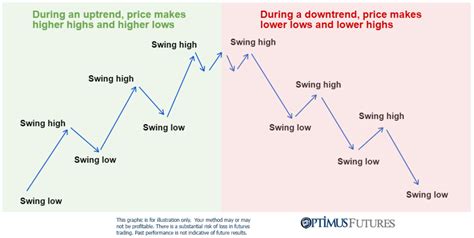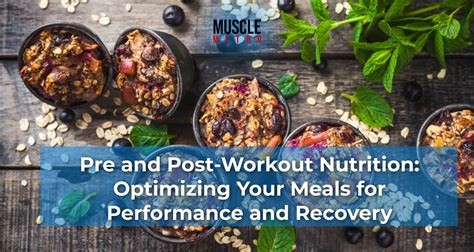Optimize daily macros for male peak performance & fat loss?

For men aiming to achieve peak physical performance and sustainable fat loss, simply exercising regularly isn’t enough. The adage ‘you can’t out-train a bad diet’ rings especially true when it comes to body composition and athletic prowess. The secret lies in meticulously optimizing your daily macronutrient intake – proteins, carbohydrates, and fats – to perfectly match your body’s unique demands and goals. This guide will delve into how to fine-tune your macros for optimal energy, muscle growth, recovery, and effective fat burning.
The Foundation: Understanding Macronutrients
Macronutrients are the nutrients your body needs in large amounts for energy, growth, and metabolic functions. Each plays a distinct yet interconnected role:
- Protein: Essential for muscle repair, growth, hormone production, and enzyme function. It’s crucial for maintaining lean muscle mass, especially during a calorie deficit.
- Carbohydrates: Your body’s primary energy source. They fuel your workouts, daily activities, and cognitive functions. Complex carbs provide sustained energy, while simple carbs offer quick bursts.
- Fats: Vital for hormone production (including testosterone, critical for men), nutrient absorption, cell function, and overall health. Healthy fats are also a dense energy source.

Calculating Your Macro Needs: A Personalized Approach
Before optimizing, you need to know your baseline. This involves calculating your Total Daily Energy Expenditure (TDEE) – the total number of calories you burn in a day. You can use online calculators (Harris-Benedict, Mifflin-St Jeor) which factor in your age, weight, height, and activity level. For fat loss, aim for a deficit of 300-500 calories below your TDEE. For performance and muscle gain, you might aim for maintenance or a slight surplus.
Once you have your calorie target, you’ll distribute those calories among your macros. A common starting point for men aiming for performance and fat loss might be:
- Protein: 1.6-2.2 grams per kilogram of body weight (or 0.7-1 gram per pound).
- Fats: 0.8-1.2 grams per kilogram of body weight (or 0.35-0.5 grams per pound), or roughly 20-30% of total calories.
- Carbohydrates: The remaining calories. This will typically be your highest macro percentage, especially for active individuals.
Protein: The Pillar of Muscle and Recovery
For men, adequate protein intake is non-negotiable. It’s the building block for muscle tissue, and a higher intake helps preserve muscle mass while in a calorie deficit, which is crucial for maintaining metabolism and strength. Distribute protein intake throughout the day, aiming for 20-40 grams per meal to optimize muscle protein synthesis.
Key Sources:
- Lean meats (chicken breast, turkey, lean beef)
- Fish (salmon, tuna, cod)
- Eggs
- Dairy (Greek yogurt, cottage cheese)
- Legumes and plant-based proteins (lentils, beans, tofu, tempeh)
- Whey or casein protein supplements

Carbohydrates: Fueling Performance and Energy
Carbohydrates are your primary energy source. Without sufficient carbs, your performance in the gym will suffer, and you might feel sluggish. Prioritize complex carbohydrates for sustained energy release and fiber, and strategically use simple carbs around workouts.
Key Sources:
- Whole grains (oats, brown rice, quinoa, whole-wheat bread)
- Starchy vegetables (sweet potatoes, potatoes, corn)
- Fruits (berries, bananas, apples)
- Legumes (beans, lentils)
Timing your carbohydrate intake can also be beneficial: consuming carbs before a workout provides energy, and after a workout helps replenish glycogen stores, aiding recovery.

Fats: Essential for Hormones and Overall Health
Don’t fall into the trap of severely restricting fats, especially for men. Healthy fats are crucial for hormone production, including testosterone, which impacts muscle mass, strength, and libido. They also aid in the absorption of fat-soluble vitamins (A, D, E, K) and provide satiety, helping with appetite control.
Key Sources:
- Avocados
- Nuts (almonds, walnuts, cashews)
- Seeds (chia seeds, flax seeds)
- Olive oil, coconut oil
- Fatty fish (salmon, mackerel)

Putting It All Together: Tracking, Adjusting, and Consistency
Once you’ve calculated your targets, the next step is consistent tracking. Use a food tracking app to log everything you eat and drink. This initial phase helps you understand portion sizes and the macro content of various foods. Don’t be afraid to adjust your macros based on how you feel, your energy levels, and your progress.
- If performance lags: Consider increasing carbohydrates slightly.
- If recovery is slow or hunger is high: Ensure adequate protein intake.
- If fat loss stalls: Re-evaluate your calorie deficit and potentially slightly reduce carbs or fats, while maintaining protein.
Remember that consistency is paramount. Adhering to your plan most of the time will yield the best results. Progress is rarely linear, so be patient and focus on long-term habits.

Conclusion: Your Journey to Optimized Health
Optimizing your daily macronutrients is a powerful tool for men seeking peak performance and effective fat loss. It moves beyond generic dieting to a personalized approach that fuels your body precisely for its demands. By understanding the roles of protein, carbs, and fats, calculating your individual needs, and consistently tracking and adjusting, you can unlock greater energy, build and retain muscle, shed unwanted fat, and achieve a physique and performance level you’ve only dreamed of. Start by calculating your TDEE, set your macro split, and commit to the process – your body will thank you.








